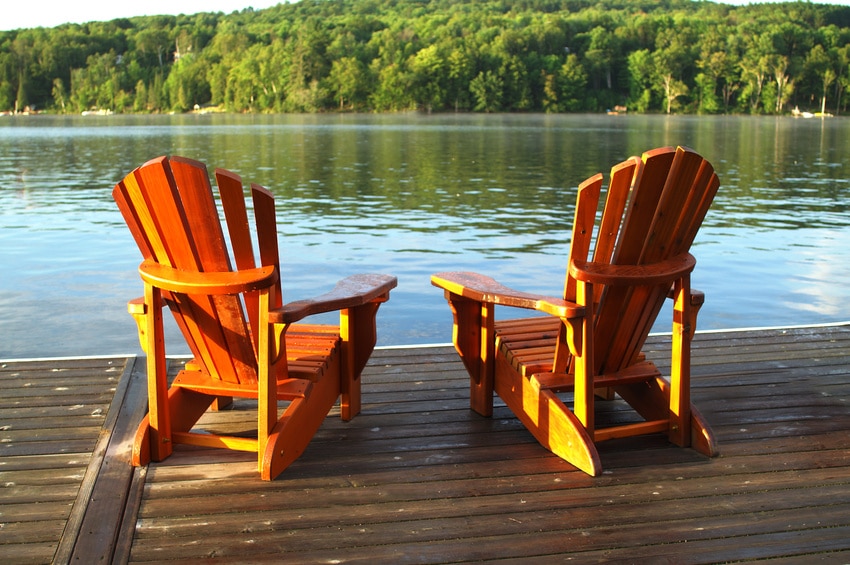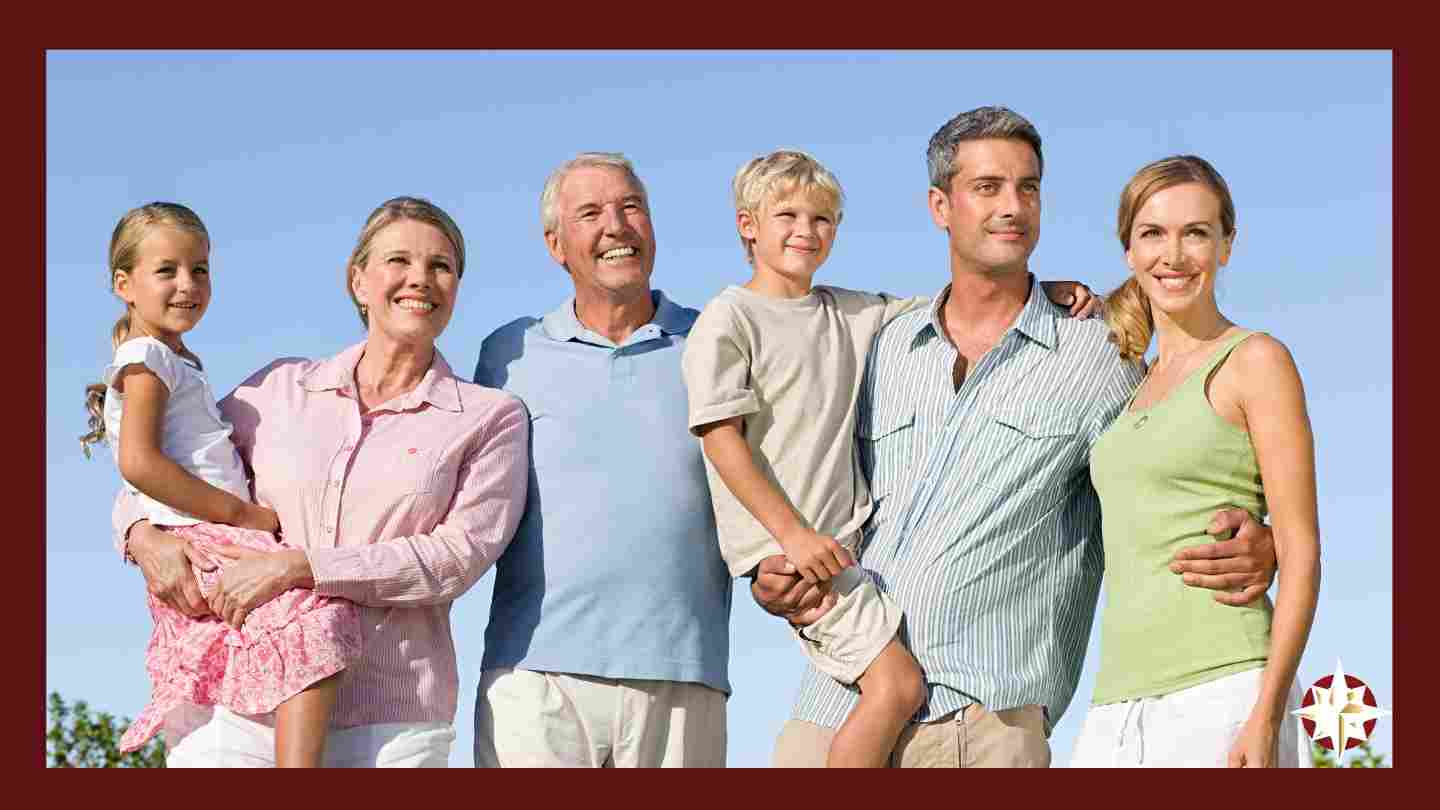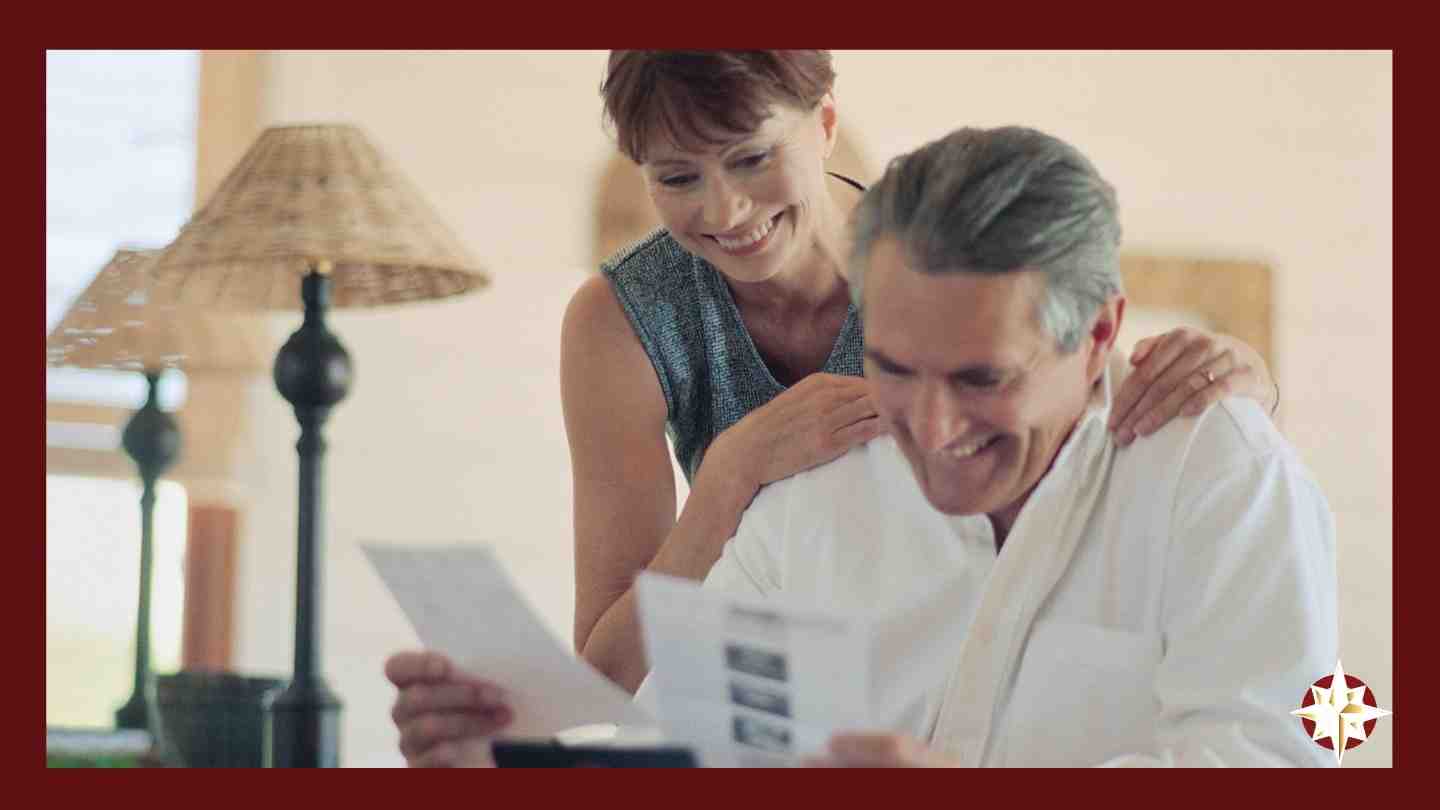Right now, only about 5% of today’s burials are green. However, roughly 72% of cemeteries are reporting an increased demand for the practice, according to a survey from the National Funeral Directors Association (NFDA).
Considerable’s article entitled “More Americans are skipping traditional funerals in favor of green burials” says that in the same survey, about 54% of Americans said they’d consider green burial options.
A green burial doesn’t put anything into the ground that doesn’t decompose. As a result, there’s no steel, concrete, copper, and bronze used for coffins and vaults. Instead of a traditional coffin, a biodegradable option, such as a shroud or plain pine or cardboard box is used.
Most green burials also don’t do embalming, which is done mainly for cosmetic reasons. Embalming puts gallons of toxic chemicals into the earth each year with each burial.
Green burials also are now an alternative to cremation, which totals 50% of the funeral business. However, cremation has its own environmental hazards. They include using an outsized amount of energy and potentially releasing toxins when ashes are spread.
Green burials have an advantage over traditional ones as far as cost. The price is significantly less for a natural burial than the $8,500 median cost of a funeral. That’s because there’s no vaults and coffins, or embalming, viewing and other funeral service fees. However, the one exception is the cemetery plot itself. Real estate is real estate.
Because green burials are still a small part of the business, it’s important to search for providers and cemeteries yourself, instead of leaving the job to loved ones during a difficult time.
With this growing interest, an increasing number of conventional cemeteries are offering green burial areas within their parameters. They charge the same or lower fees for individual plots, as they do for traditional burials.
For more information about green burials and a list of certified providers in your area, look at the Green Burial Council’s website.
A natural burial can also be an opportunity for your loved ones to create new, meaningful rituals around death.



